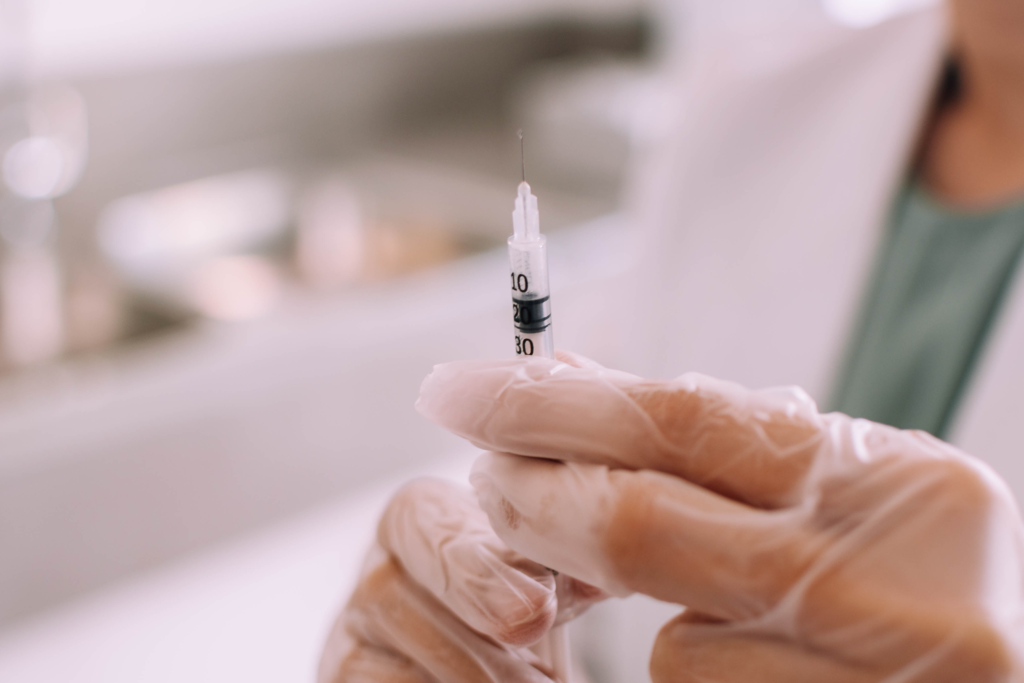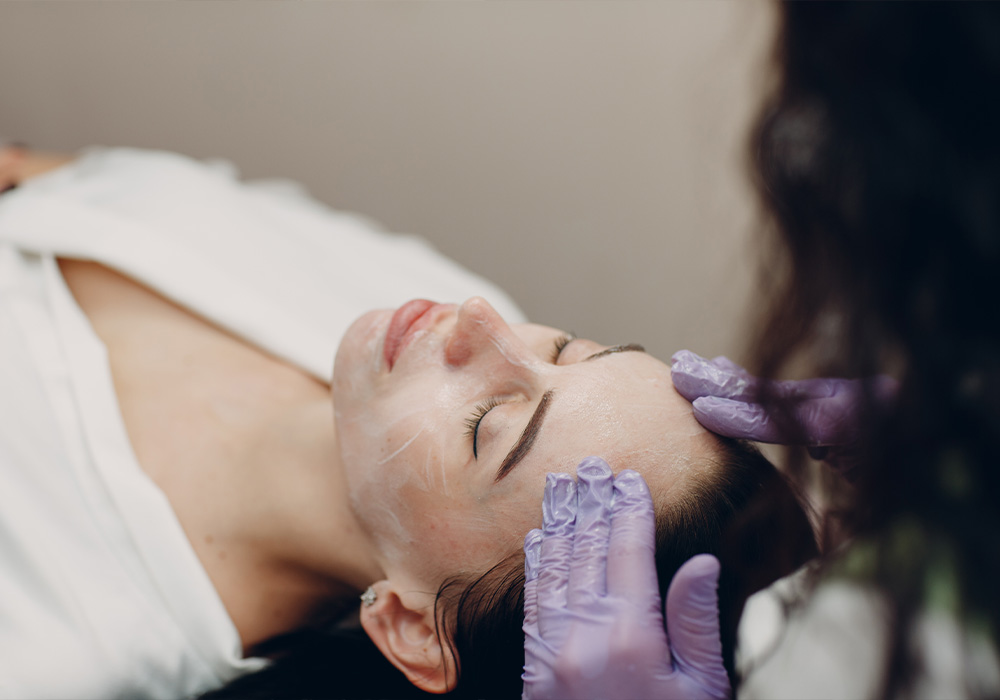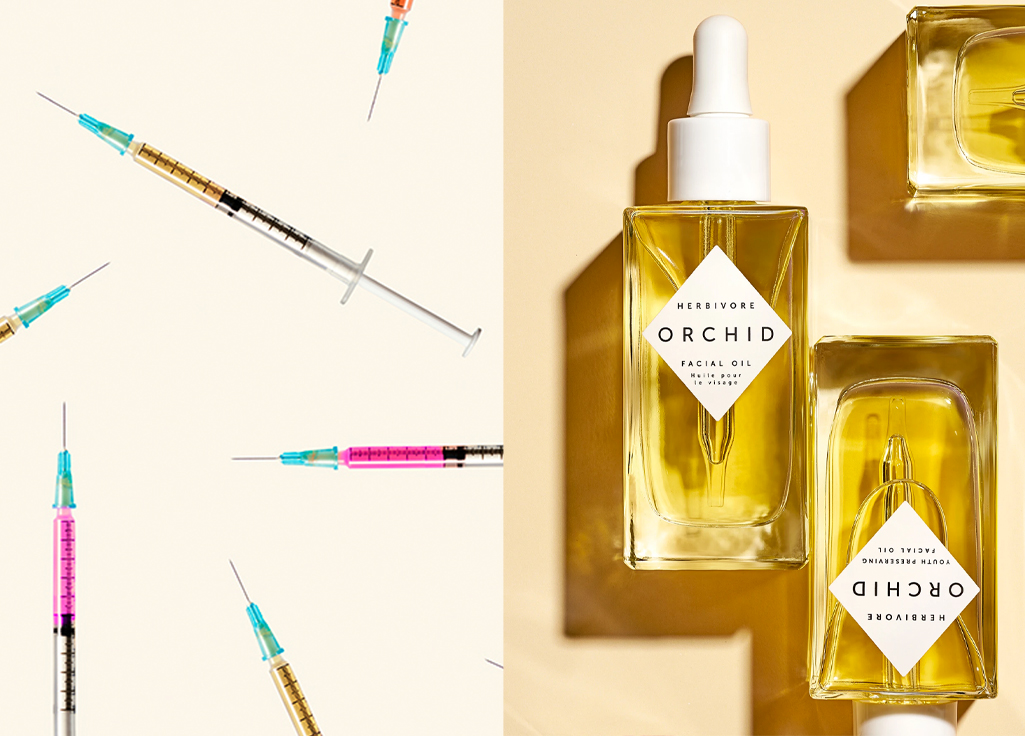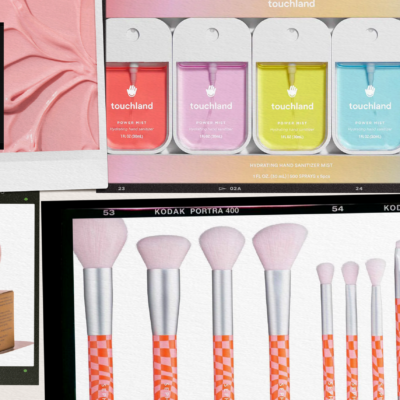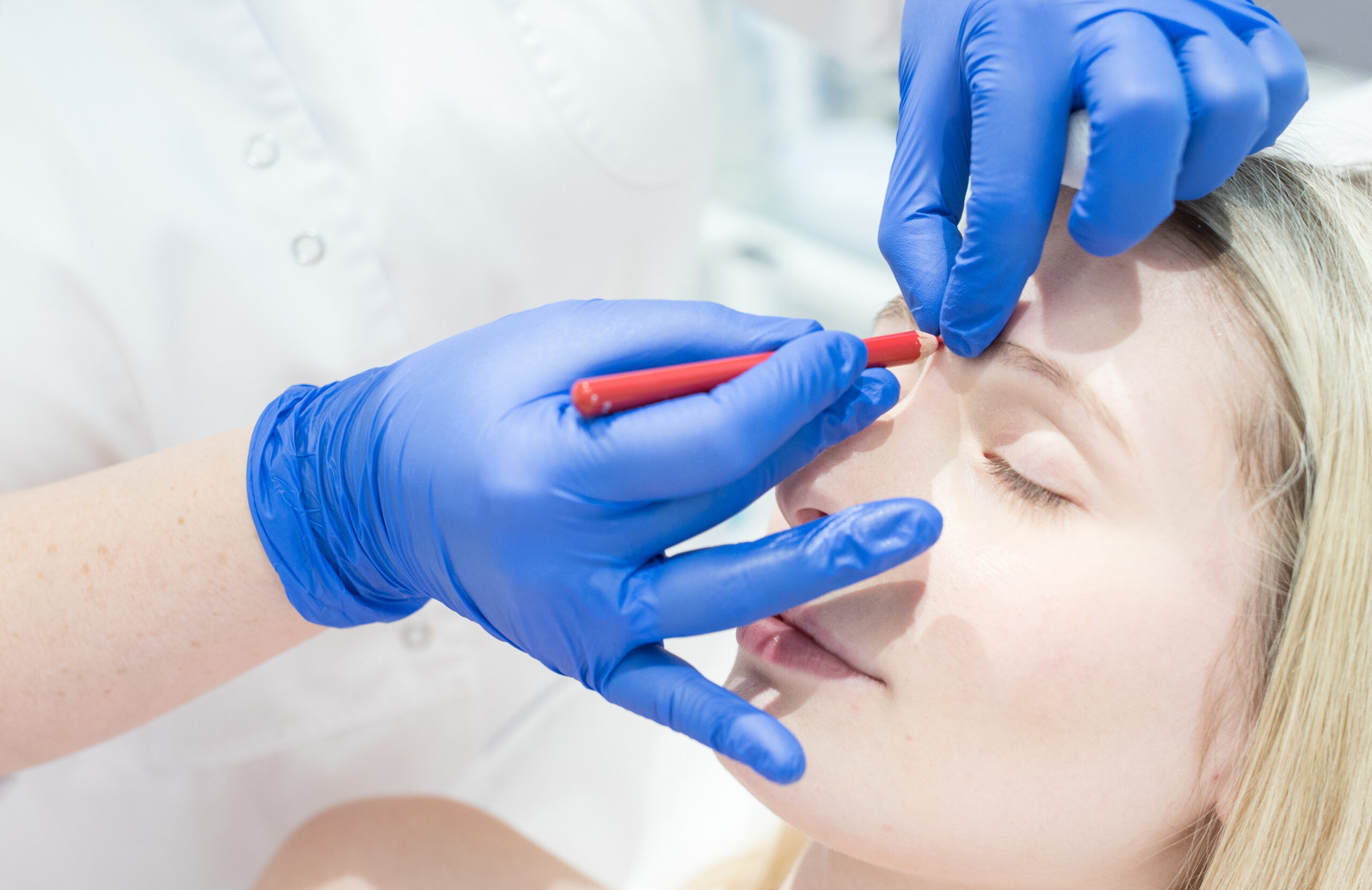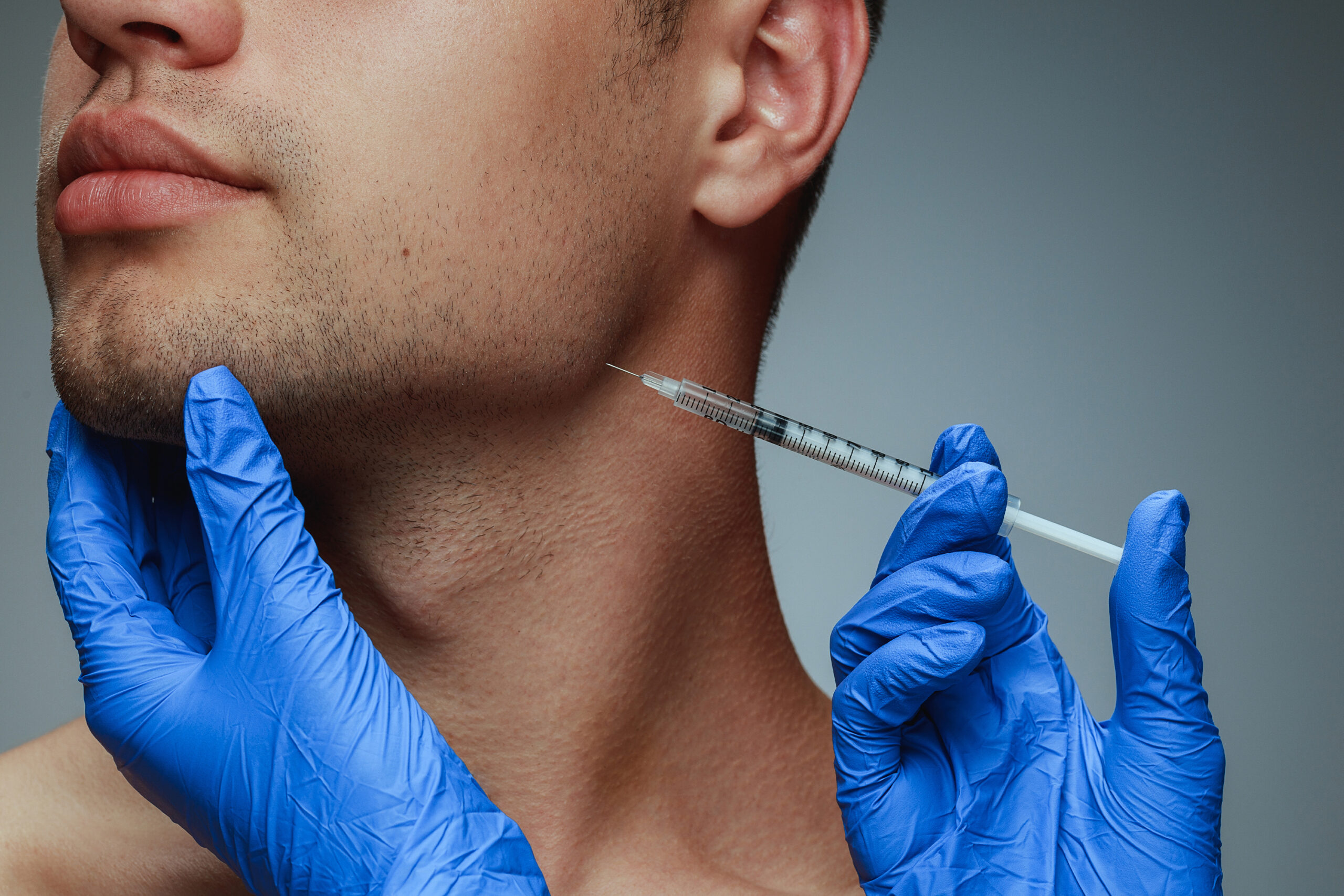A shared trait among many of the patients who frequent Denver dermatologist Joel Cohen, MD’s practice is that they’ve missed their regularly scheduled aesthetic treatments over the past six months as a result of the stay-at-home guidance.
His advice: “Relax, take a deep breath, and realize we can simply restart when they are ready.”
As Dr. Cohen points out, while a lot of patients prefer to plan “interval” appointments on the calendar for both their neuromodulators and fillers, even if you’ve skipped them over the course of this past half year, you don’t have to start from scratch. “Ideally, botulinum products are given every three-to-four months to try to prevent the muscle from coming back to baseline. When the muscle comes back, it contracts and starts to imprint lines again into the skin.”
What’s more, he explains, is that recent data from a clinical trial he participated in as an investigator on Dysport showed that, when the product was injected in between the eyebrows—aka, the “glabella”—most patients will still have some improvement of the muscle prominence up to six months.
“And, if a patient’s muscle has come back fully in an area, and they are starting to really imprint lines worse than they had before, then we can also use other modalities like fillers to lift an area or lasers to resurface distinct lines,” he says. “With fillers or lasers in these areas, studies do show that you should wait about a week until the botulinum agent starts working in order to get a better result with the filler and/or laser procedure—in other words, you don’t want the muscle contracting fully into the area that you just did laser resurfacing or just put a filler.”
While it’s all about personalization, personalization, personalization, San Antonio, TX dermatologist Vivian Bucay, MD also points to the glabella lines factor when it comes to the advised protocol she gives patients who’ve skipped a few treatments.
“Of course, it depends on the patient. For those patients with very strong glabellar frown lines or for those who exercise quite a bit and whose neurotoxin results wear off quickly, I set the expectation that they may require a higher dose than what they usually receive when they were coming in more frequently for their maintenance visits,” she says. “This has not been an issue for patients who tend to come in every six months anyway or who prefer very light treatments, as they don’t expect the dramatic decrease in the appearance of dynamic wrinkles.”
Like many of her colleagues, Dr. Bucay stresses that she likes to keep any sort of filler or injectable treatment looking very natural.
“A six-month delay in someone who is already at optimal correction shouldn’t have much of an impact. The patient in whom the six-month delay may have affected outcome is the one who started a series of Sculptra treatments and has had to wait longer than the time frame of four-to-six weeks between sessions during a series of three. Ideally, I try to schedule a series of three treatments over three-to-four months so that collagen-producing cells stay stimulated without returning to their baseline state, in order to optimize collagen production.”
Likewise, New York dermatologist Julie Russak, MD also stresses the natural results outcome, but says, in the COVID era, it’s no secret that everything is being re-evaluated—and that carries over into aesthetics.
“The stress and anxiety of the pandemic is definitely reflecting in our face,” she says. “External stress creates a huge amount of internal metabolic stress in the body, which leads to decreased collagen production and increased collagen destruction—that’s what cortisol does to our body. You’re stressed, your cortisol levels are high, you’re not sleeping. We all know about COVID-related sleep problems that are surfacing now and are being talked about more and more in the media.”
All of these factors, Dr. Russak says, are reflected in the fact that your injectable results may have disappeared in the first month of COVID. “I know that mine did! Your fillers are likely not lasting quite as long, and your face looks like you’ve been under a lot of stress. So, continuing with the same routine you’ve been doing for a while really isn’t wise—we need to re-evaluate the face in its current state.”
“I’ve always done this with each appointment, but especially right now, I look at my patients faces as if I’ve never looked at them before, and this lets us really see where the effects of stress are taking a toll and affecting the body. We do continue to discuss internal support of the body, but at this point we also need a little pick me up and some instant gratification to feel our best—meaning Botox and fillers are the perfect treatments for this time.”
Newport Beach, CA plastic surgeon Goretti Taghva, MD agrees and says that, while clinicians will now have more PPE on than usual when providing treatments due to strict COVID protocols in the office, the actual treatment itself shouldn’t be any different.
“It’s not like we have to catch up with the Botox dosage retroactively or put more fillers than usual to replenish lost volume,” she says. “However, I do see that patients are more interested in doing a combination of procedures—laser, microneedling treatments, threadlifts, and surgical procedures—on top of their usual Botox/filler routine to make them feel and look better after the stressful lockdown.”
“My advice is for everyone to do your research, and make sure you seek out an expert, board certified clinician for all your beauty needs.”
